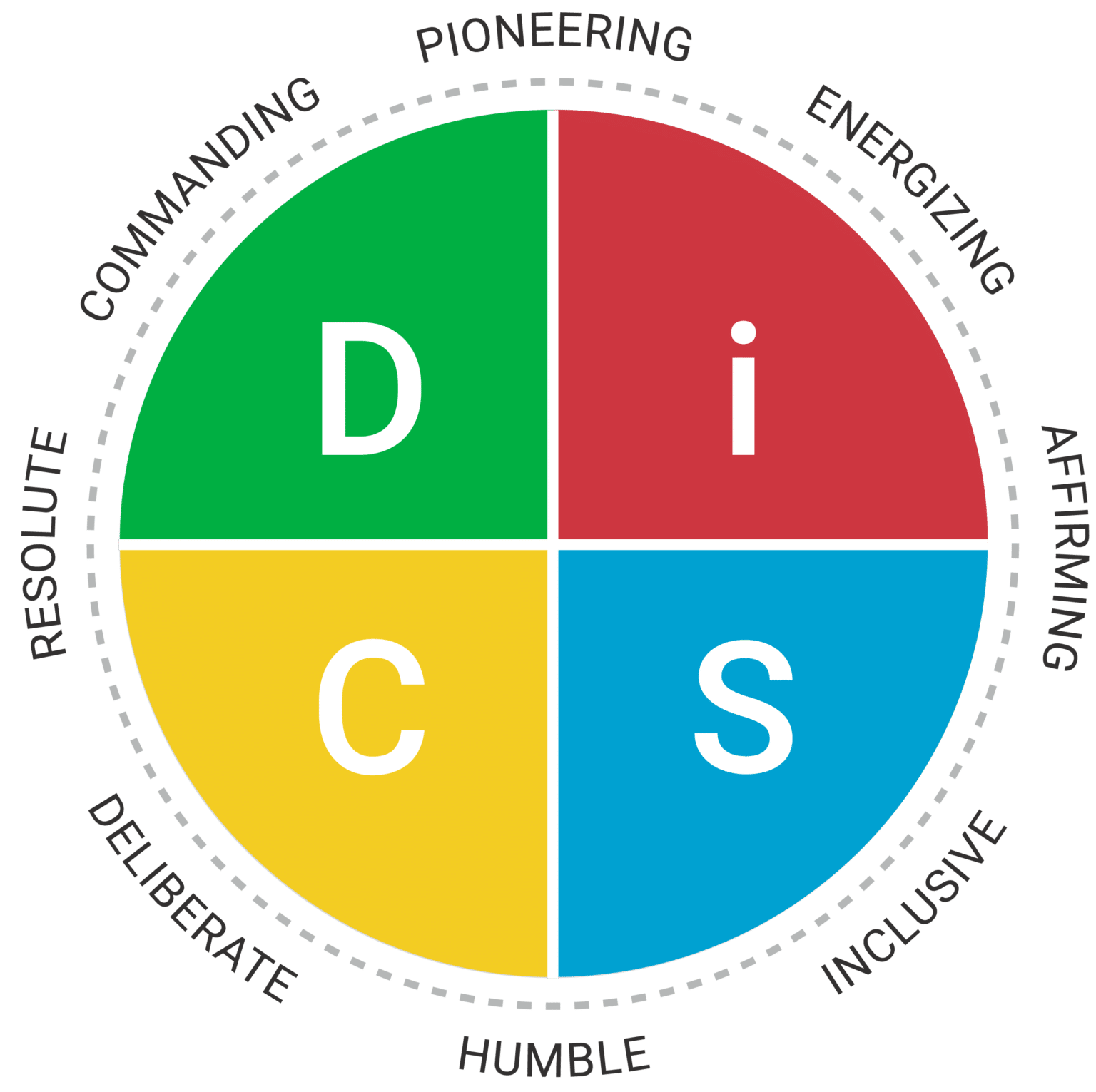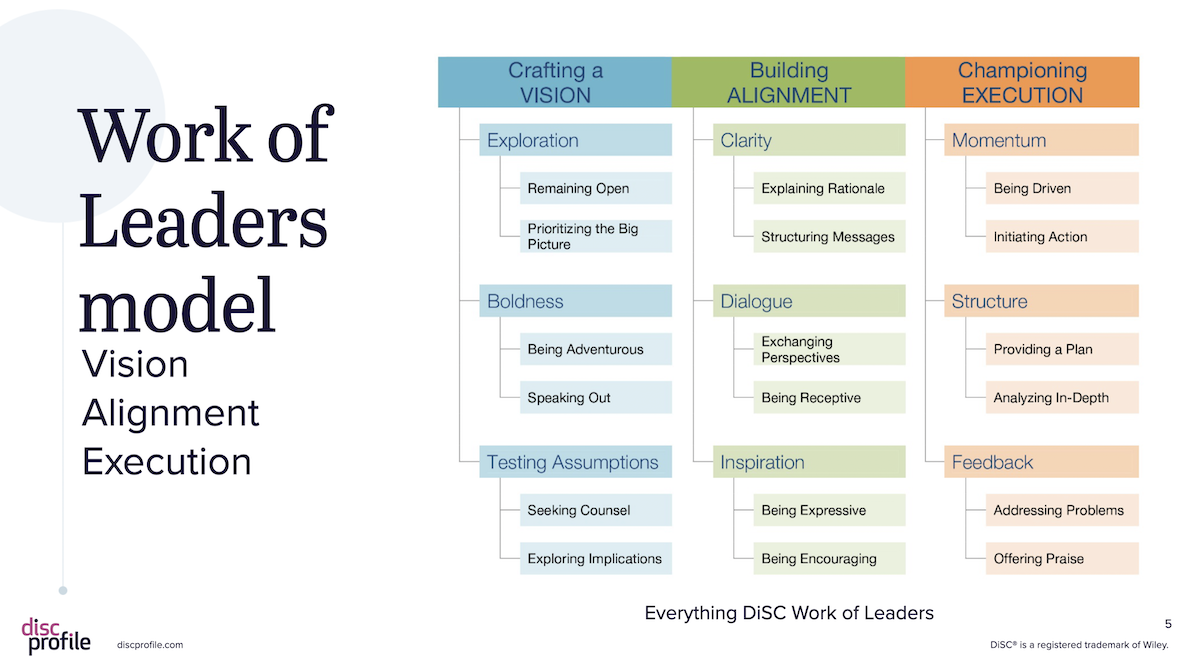Uncover Your Leadership Blind Spots

Many of us have aspects of leadership we know we excel at, and others we know we could improve. But what about the habits and attitudes that drive your leadership style, yet remain invisible to you? To truly be effective, leaders need to discover their leadership blind spots: what they’re not seeing about themselves and the way they lead.
Key Takeaways
- Growing as a self-aware leader means identifying tendencies you don't see in yourself but that undermine your efforts.
- Common weaknesses in leadership include relying only on one's own opinions and failing to show appreciation for others.
- Viewing your character as flexible rather than fixed can help you grow.
Why do leaders need self-awareness?
It’s difficult to see oneself objectively. According to Scientific American, “The way we view ourselves is distorted, but we do not realize it. As a result, our self-image has surprisingly little to do with our actions.”
What that often means in practice is that we assume we are acting one way (the way the person we think we are would act), but other people see it differently. Self-awareness—getting a more objective view of both our intentions and our actions—is a cornerstone of emotional intelligence, a skill that is increasingly valued at organizations of all types.
There’s a lot of research showing that a leader who knows their strengths, weaknesses, and effect on others is more successful in their leadership role. A study at the University of Pennsylvania, for example, found that as leaders’ self-awareness grew, so did:
- workplace effectiveness
- quality of workplace relationships
- ability to manage stress
It sounds obvious, but you can’t fix what you can’t see. You likely don’t realize how many growth opportunities—for you and for your company—pass you by because you are stuck with your blinders on. As executive performance coach Scott Zimmerman writes, “Conventional leaders rarely examine whether their beliefs are effectively guiding them in seeing and seizing opportunities to fulfill their intentions. This often results in leaders unconsciously falling into patterns of more effort on already compromised perceptions.”
Today’s leaders need to do the humbling but ultimately invigorating work of stepping back from their assumptions and getting a holistic view of their leadership style. What are your tendencies? For example, do you make decisions independently or seek counsel? Do you think it’s more important to push forward or explore the implications? When communicating with your team, is your messaging usually impromptu or more structured? And most importantly, how do these tendencies impact your effectiveness as a leader?
Common blind spots in leadership
Research by Dale Carnegie revealed that many leaders have blind spots around:
- showing appreciation
- admitting when they’re wrong
- truly listening
- being honest with self and others
Leadership expert Robert Bruce Shaw also calls out these frequent unseen leadership weaknesses:
- spending time on operations rather than strategic thinking
- relying only on their own opinions
- being unable to balance the “what” and the “how” of reaching a goal
- relying on assumptions
- overvaluing how things were done in the past
We recently spoke with Thad Standley, an organizational and leadership development expert with 30 years of experience developing leaders. “One of the biggest gaps I see leaders struggle with is their own self-awareness,” he says. “They think they really know themselves, the way they carry themselves and their impacts on their organizations, but they don’t.”
Standley sums it up like this: “Leaders don’t realize they’re getting in their own way.”
Great leaders learn to adapt
Standley says he often works with leaders who have an “old-school leadership mentality.” These leaders expect team members to adjust to their styles and preferences. They do not change their own ways in return. This can demotivate the team, and the work suffers.
There’s nothing wrong with having confidence in your views. In fact, this often benefits leaders. But it’s critical to also zoom out and be aware of other ways of thinking.
As Scott Zimmerman writes, “The earnestness to understand what is real, including seeking the perspectives from teams directly engaged in the work, raises collective confidence, motivation, and commitment from the people who will enact the choices. Including and allowing others to shape their thinking produces a self-reinforcing cycle of more thoughtful and committed action from their teams.”
Although we all have tendencies that stay fairly consistent throughout our lives, most people tend to see their character as more fixed than it really is. They define their identity around a static “true self.”
However, Stanford University research shows that people who think of themselves as flexible rather than fixed deal better with setbacks. They are also more likely to seek personal growth. For example, if we view a trait like willpower as something unchangeable, we are unlikely to work on improving it in ourselves.
The value of leadership assessments

Everything DiSC Work of Leaders® map showing the eight natural leadership styles
One method recommended by the studies above for addressing leadership blind spots is personality assessments. It makes sense: you need a tool that can help you step outside yourself and articulate tendencies you can’t see.
To drive better organizational results, Standley counsels leaders to engage in “self-reflection and a willingness to adapt to others’ styles.” He says assessments are one way to guide leaders on this path. Standley has used DiSC assessments for both individual and team development.
“DiSC provides powerful insights for leaders on how they can improve and adapt their work styles,” Standley says. He finds that the assessments and training sessions are most valuable when the entire team completes DiSC. That way, “the team members not only learn about their leader’s styles, but they also learn about themselves and their cohorts. It can really help to lead to improved team dynamics and success.”
The work of leaders: vision, alignment, execution
Standley likes the Everything DiSC Work of Leaders approach as a “simple, pragmatic model that covers much of what a leader has to do.” Work of Leaders has one unified model of leadership—vision, alignment, execution—that helps leaders understand their own leadership styles and how their tendencies influence their effectiveness in specific leadership situations.
Say, for example, that receptivity to others’ ideas is one of your leadership blind spots. One concrete habit you can practice is to thank people for their feedback, even if you don’t agree with what they said. It’s a first step toward engaging others in dialogue.
Or, perhaps your Work of Leaders profile shows that you are less open with praise. You may find benefits in building staff recognition into your plans. You'll remind yourself to celebrate accomplishments before moving on.
Effective leadership doesn't mean changing who you are. Instead, you learn to adapt your natural style to have a bigger impact with everyone looking to you for leadership.

As a change management expert, Standley knows that concepts are rarely effective without concrete guidance around behavior change. He says Work of Leaders provides insights for leaders to develop the behaviors needed to find success in each of the three realms (vision, alignment, execution). Like other Everything DiSC® products, Work of Leaders teaches that best practices are context-specific. The best response will change depending on the situation.
Work of Leaders can be used as part of an organization’s leadership development program or by individuals for personal development. Anyone can take the assessment to learn about their leadership strengths, weaknesses, and blind spots. The 23-page report provides personalized guidance on building leadership effectiveness with intuitive, actionable goals.
The courage to see yourself more clearly
The nature of blind spots is that, obviously, you are not aware of them. But you can be pretty sure that the way you see yourself as a leader and the way you appear to your team are not quite aligned. It’s your mission as a leader (or leader-in-training) to be proactive and identify how you get in your own way without realizing it.
We call it the Work of Leaders for a reason: it is work. To be successful, any leader must craft a vision, build alignment, and champion execution. How this is carried out, though, will look different for each leader based on their personality and natural tendencies.
Instead of trying to imitate the style of other leaders, you must discover the leadership style most authentic to you. Then you can do the work of learning when you need to flex into behaviors that don’t come as naturally to you but are required by the situation.
It takes courage to see yourself clearly and to discover your weaknesses. But the good news is that identifying blind spots also means revealing leadership strengths you didn’t realize you had.
Posted 01/17/2021, Last Updated 12/12/2024







